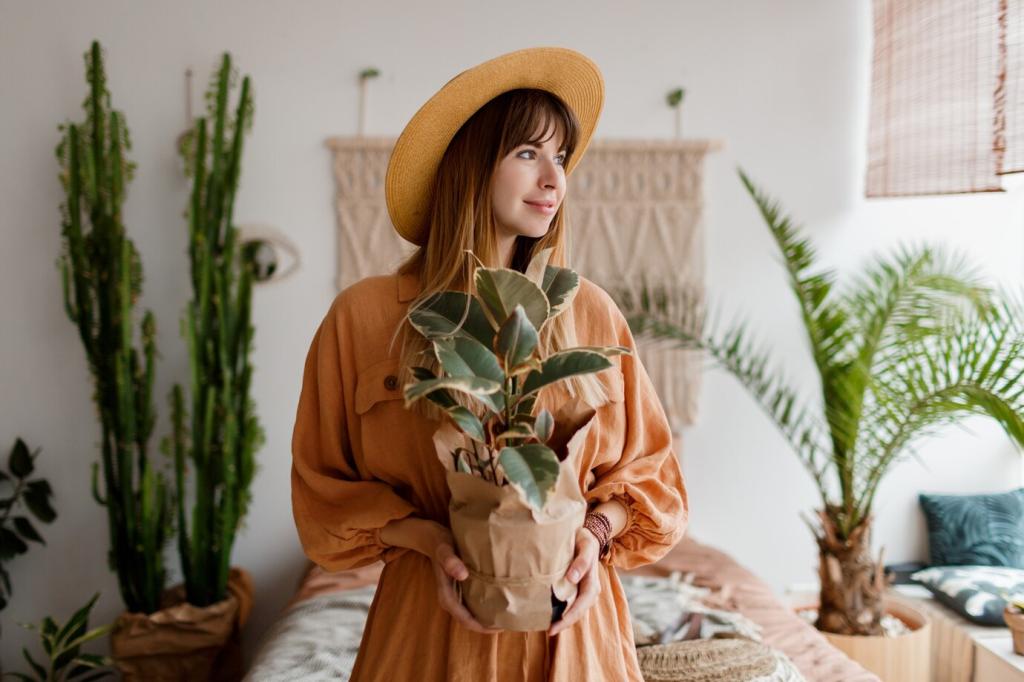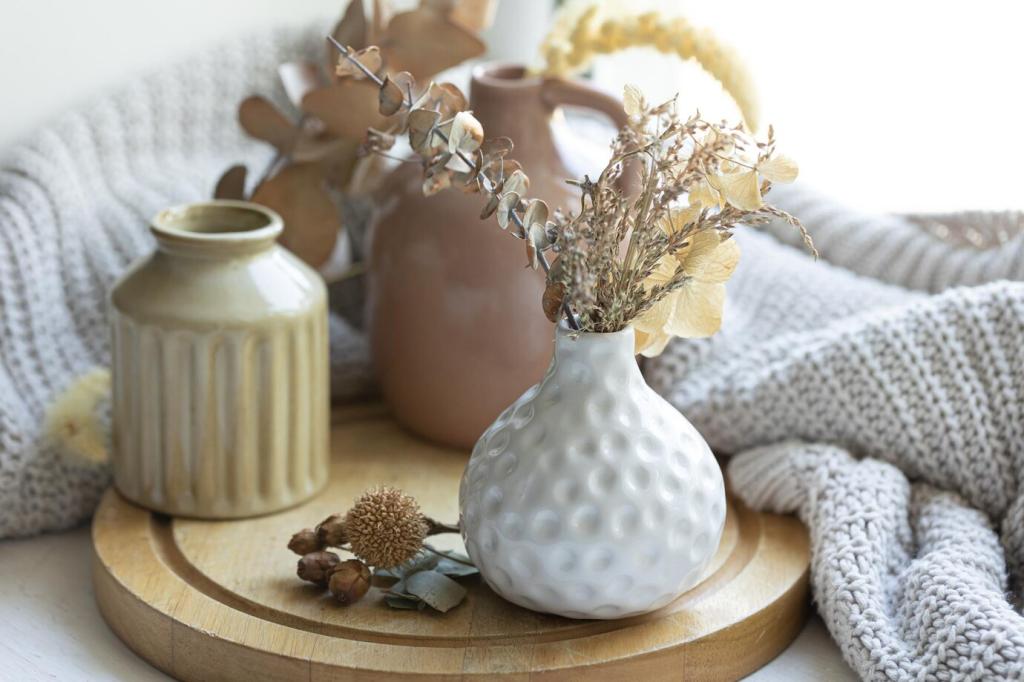Biophilic Design Principles for Sustainable Interiors
Biophilic design represents a transformative approach to interior architecture, centering the human connection to nature as a pathway to wellbeing and environmental stewardship. By seamlessly integrating natural elements and principles within built environments, this design philosophy not only enriches our visual and sensory experiences but also drives sustainability. Embracing biophilic principles is essential for creating interiors that nourish the mind and body, support ecological health, and reduce the carbon footprint of human spaces. This approach is rooted in research that demonstrates how proximity to nature leads to improved mental clarity, productivity, and overall happiness, making sustainable interiors not merely a trend but a necessity for the future of design.

Embracing Nature in Interior Spaces

Enhancing Air and Water Quality

